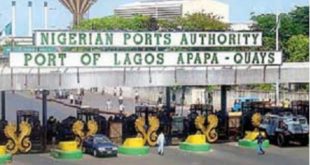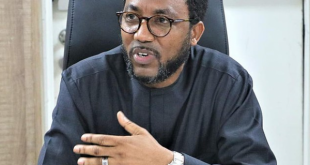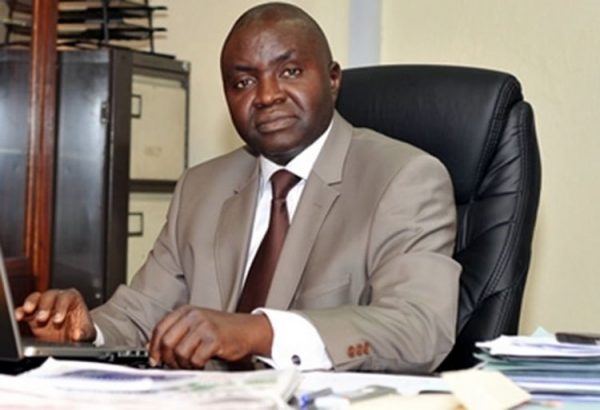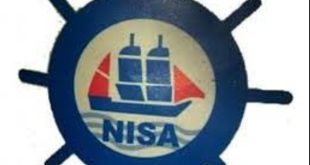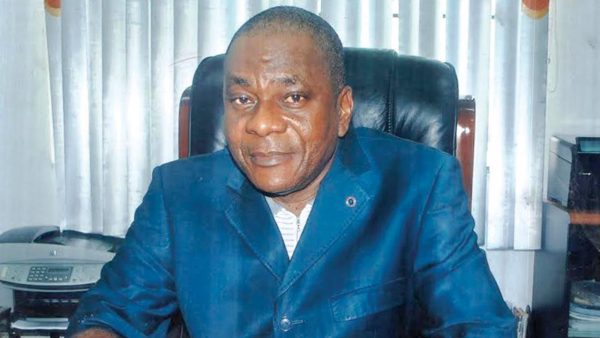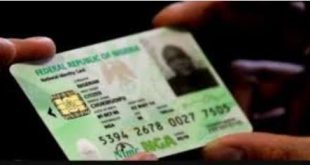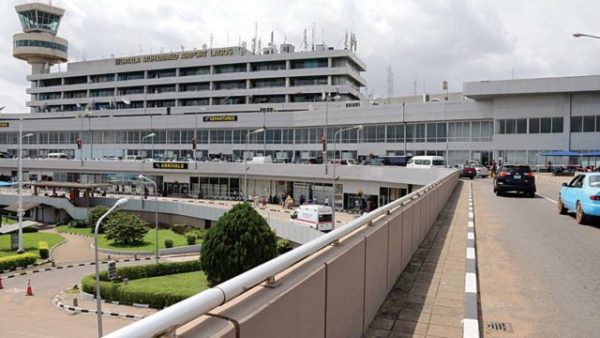
The Federal Government may be required to spend N7.58bn on new landing equipment at seven airports to improve aircraft movement in adverse weather conditions.
Following the high number of delayed and cancelled flights during the harmattan season, the Federal Government plans to install Category lll Instrument Landing System in seven airports across the country.
In the first phase of the project, which is expected to cost about N7.58bn, the CAT lll ILS will be installed in Lagos, Abuja, Kano, Port Harcourt, Katsina, Maiduguri and Sokoto airports.
The CAT ll ILS currently in use in the seven airports are expected to be taken to other airports without the instrument to improve landing.

The Nigerian Airspace Management Agency has already installed the new ILS in Lagos and has commenced its trial run at Runway 18 Right of the Murtala Muhammed International Airport, Lagos with a calibration aircraft expected to fly in and certify the equipment.
Our correspondent gathered that the CAT III ILS would be available at both the MMIA, Lagos, and the Nnamdi Azikiwe International Airport, Abuja, by mid-December while installation would continue in the remaining five airports in the first phase of the project.
An instrument landing system enables pilots to carry out approach to landing if they are unable to establish visual contact with the runway.
In the case of CAT lll, pilots are able to carry out approach to landing in zero visibility and see the runway no matter the weather conditions.
Industry analysts estimate that a CAT lll ILS may cost as much as $3m per runway, bringing the total figure to $21m or N7.58bn for the seven airports, excluding other expenses.
The Managing Director, NAMA, Capt. Fola Akinkuotu, told The PUNCH that consideration had been given to airports with more economic benefits to the country in the first phase of the project, which he said would extend into the first quarter of 2020.
“Over time, we should cover all the airports but we are looking at the economic benefits and places with the worse weather conditions,” he said.
He explained that the CAT II ILS in use before now had 800 metres visibility but that with the CAT III system, pilots would be able to come down lower and see the runway better.
“A CAT III operation is a precision approach lower than CAT II minima. A category III A approach is a precision instrument approach and landing with no decision height or a decision height lower than 100 feet or 30 metres and a runway visual range not less than 700 feet or 200 metres,” Akinkuotu said.
“The deployment of CAT III ILS will reduce the landing and take-off minima. The landing minima is based on the fact that you are coming from somewhere and you are able to land while the take-off minima is predicated on certain aspects, among which is your ability to take off and if need be, you are able to land back to where you took off,” he added.
Airline operators had in the past years blamed flight delays and cancellations during the harmattan period on poor visibility, which they said was a safety risk.
Some operators had said that most of their aircraft had the ability to land in zero visibility, if the right equipment were in place, adding that 70 per cent of the challenge airlines had could be attributed to poor landing system as most airports around the world were operating CAT lll with zero visibility while Nigeria operated CAT l and ll.
An aviation security expert, Group Capt. John Ojikutu (retd), said it was a commendable effort as stakeholders had been asking for an upgrade of landing equipment for the past 20 years.
He said, “The absence of ILS at most airports in Nigeria has resulted in many flight cancellations and delays due to inclement weather in reduced visibility.
“While the CAT lll may work as a stand-alone landing facility, that may not be so with CAT ll. Therefore, the Federal Airports Authority of Nigeria should be prepared to complement them with additional landing aids at night especially.”
Another aviation analyst and former pilot with the defunct Nigeria Airways, Capt. Dele Ore, said the new system would enable airlines to operate more profitably.
He however stated that the Federal Government should not stop at installation but ensure that spare parts were available and provide constant power supply as well as backup for the equipment.
Ore stated that for airlines to fully benefit from the new system, operators should ensure they deploy the right equipment onboard their aircraft and engage in proper training of their crew.
A member of the Aviation Roundtable Initiative, and Head, Research and Corporate Travel of Zenith Consult and Travel, Mr Olumide Ohunayo, said it was commendable that the Federal Government considered working on security aspects of the industry to complement and improve on what they met on the ground.
According to him, airlines will have fewer complaints about revenue as they will be able to operate more and better flights, as well as generate extra revenue.
Ohunayo also stated that while working on the security aspect of aviation, the Federal Government should also consider the commercial area.
He noted that the beauty of sound safety and security was to ensure a commensurate commercial area so that the system could function well enough for the industry to generate revenue and sustain itself.
PUNCH
 MMS PLUS NG – Maritime, Aviation, Business, Oil and Gas News Online Newspaper with coverage in Maritime, Oil and Gas, Aviation, Power and Energy as well as Financial News
MMS PLUS NG – Maritime, Aviation, Business, Oil and Gas News Online Newspaper with coverage in Maritime, Oil and Gas, Aviation, Power and Energy as well as Financial News



